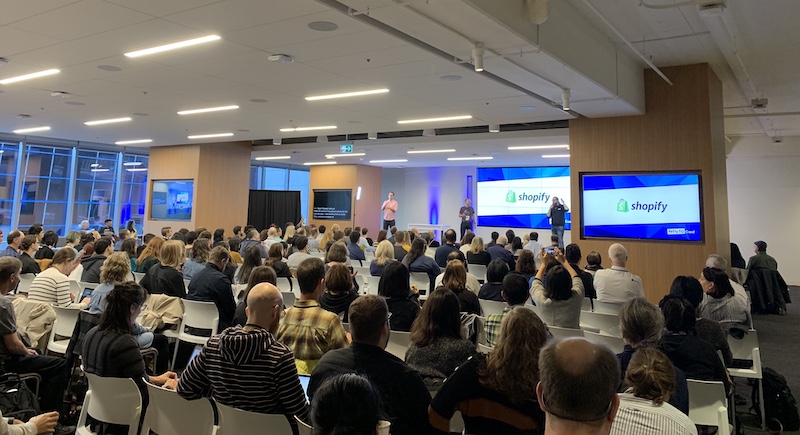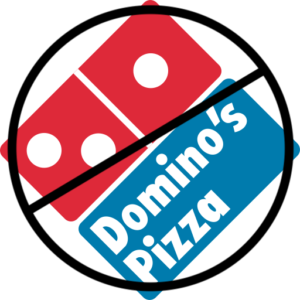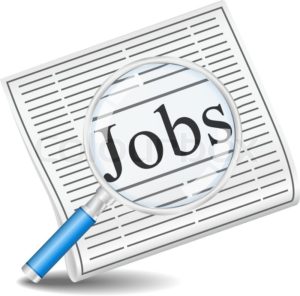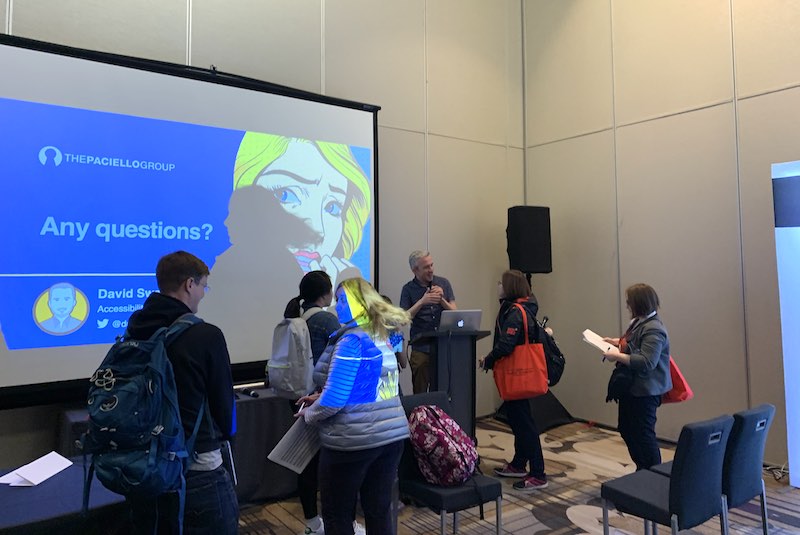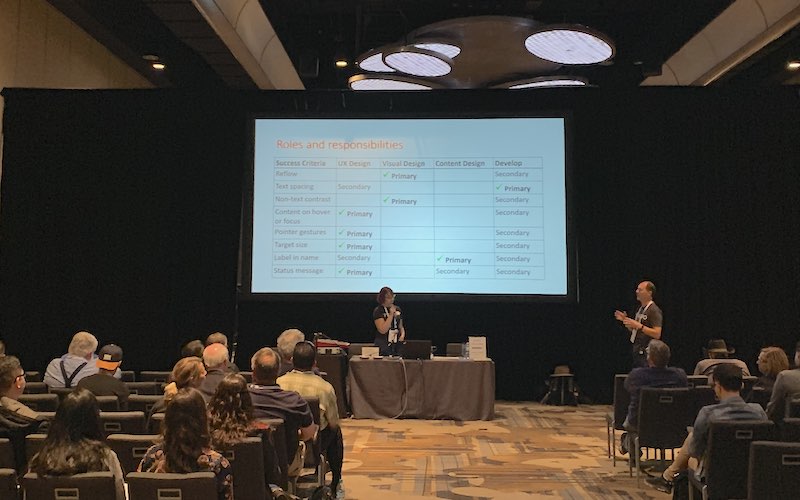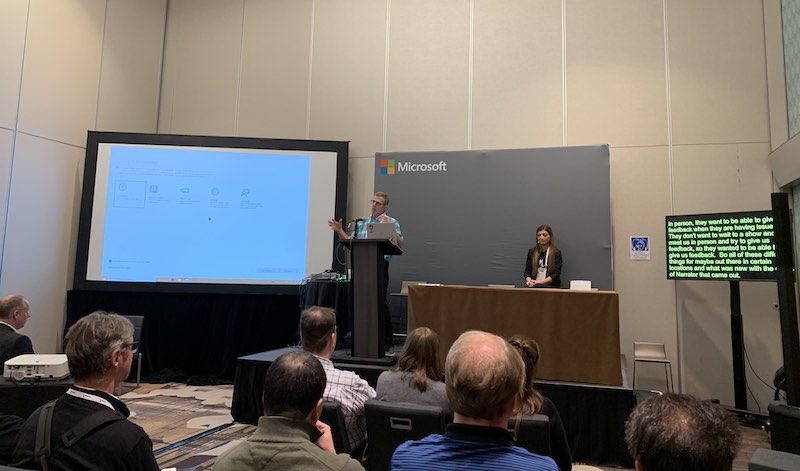The third annual Accessibility Toronto Conference was held recently at TELUS in downtown Toronto, Ontario, Canada. On Twitter, the hash tag is #a11yTO and the account is @a11yTO.
And for the first time, both an Accessibility In Real Life conference (#a11yIRL) and a conference dedicated to accessible gaming (#a11yTOGaming). They were run the day before and after the main conference. All events were a big success!
The week even included a few social events in the evening including an entertaining karaoke party hosted by Shopify and a Tweetup hosted by Slack.
A theme which seemed to emerge from the conferences collectively was: Design *with* people with disabilities, not *for* people with disabilities.
Other notables from the conference were the adjustable desk on stage and a video puppet which reminded attendees when the sessions are about to start!
See below for a list of available presentation resources (from the a11yTO conference), selected tweets, and a few excellent conference reviews. See you there next year?
Presentation Resources (partial)
- Fault Text: The Modern Challenge Of Working With ALT TEXT (PDF) by Henri Helvetica
- Accessibility for Content Creators (Google Slides) by Caitlin Cashin
- These aren’t the SCs you’re looking for… (Slideshare) by Patrick Lauke
- Screen Readers and CSS: Going Out of Style (and into Content)? by CB Averitt
- Garbage Pail Components by Marcy Sutton
- JavaScript And Accessibility: An Unconventional Romance by Lindsey Kopacz
- Civil Rights or Shakedowns: Ethics of the Digital Accessibility Legal Space by Lainey Feingold
Tweets
My “Can’t let it go” for this week, an example in @ShellELittle’s #a11yTOConf talk on dark patterns: some companies literally photoshop a hair onto images to get users to swipe thru carousels (by trying to swipe the hair off the screen). That level of manipulation is astounding.
— Cordelia (@cordeliadillon) October 27, 2019
https://twitter.com/AidanA11y/status/1187433905407889408
https://twitter.com/arigaud_ca/status/1187723968142348289
https://twitter.com/ewaccess/status/1187398456823951361
Besides @a11yTOPuppet, another unexpected hit from #a11yTOWeek was a height-adjustable lectern/desk. Nice! #a11y https://t.co/8aRoNGBbbI
— Dennis Lembrée (@dennisl) October 27, 2019
https://twitter.com/ewaccess/status/1187820847492468742
https://twitter.com/Susan_Till/status/1187814103764656129
Scott talks about how autoplay is HTML, shouldn't it be accessible? It's annoying and also a barrier for people like me who have #ADHD. Believing HTML is good out the gate is a disservice to your users. @scottohara #A11yToConf pic.twitter.com/BtUQvGulFR
— Shell Little @ BlueSky (@ShellELittle) October 24, 2019
Other Reviews
- Community in Toronto: What Made the #A11yTO Conferences So Spectacular? by LFLegal
- a11yWeekTO Recap by Adrian Roselli
- Accessibility Toronto 2019 by Margie Chubin


